Affiliate links on SoundGuys may earn us a commission. Learn more.
Best Sonos speakers
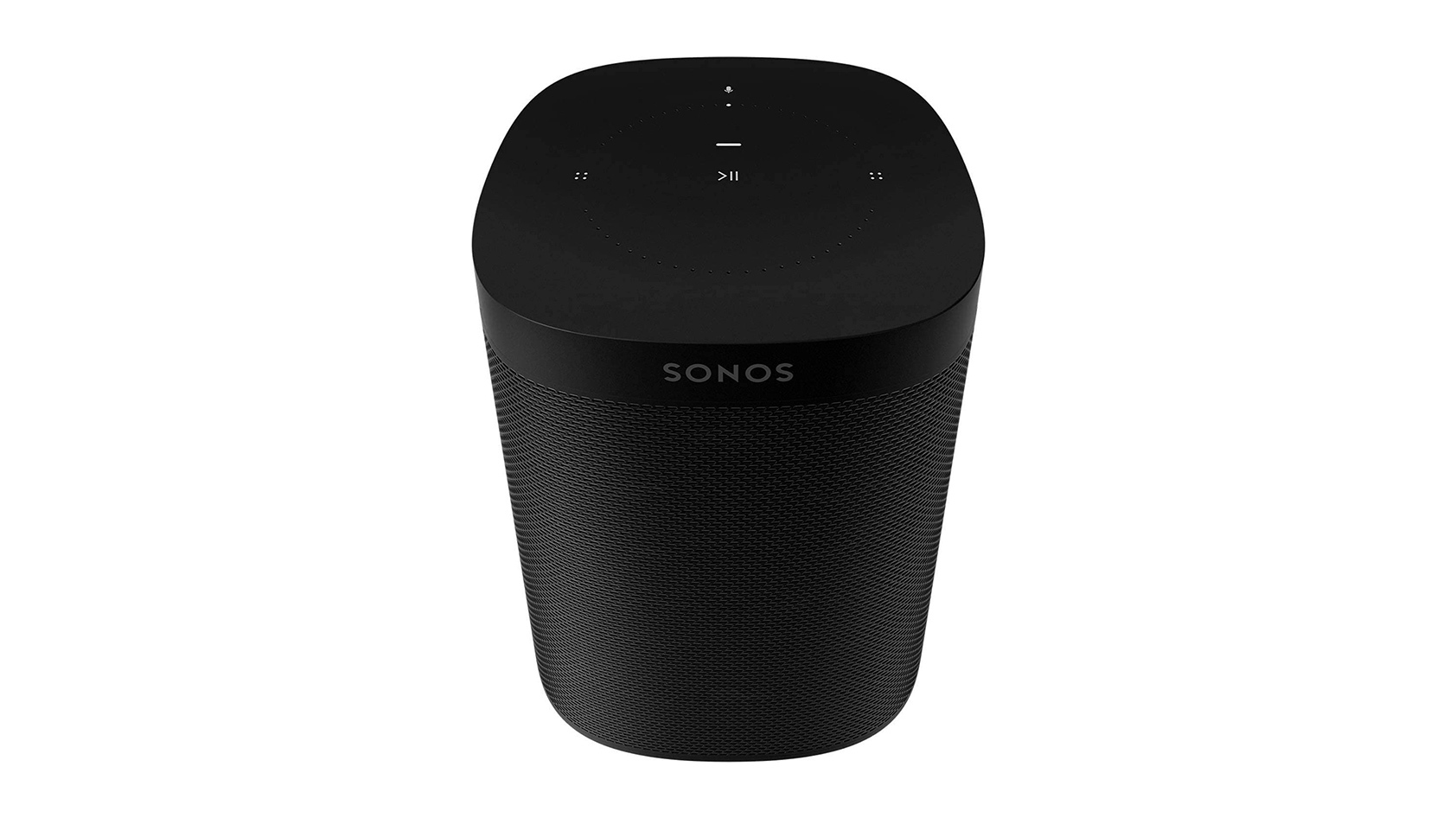
![Sonos Playbase[whitebackground]](https://www.soundguys.com/wp-content/uploads/2018/11/Sonos-Playbasewhitebackground.jpg)
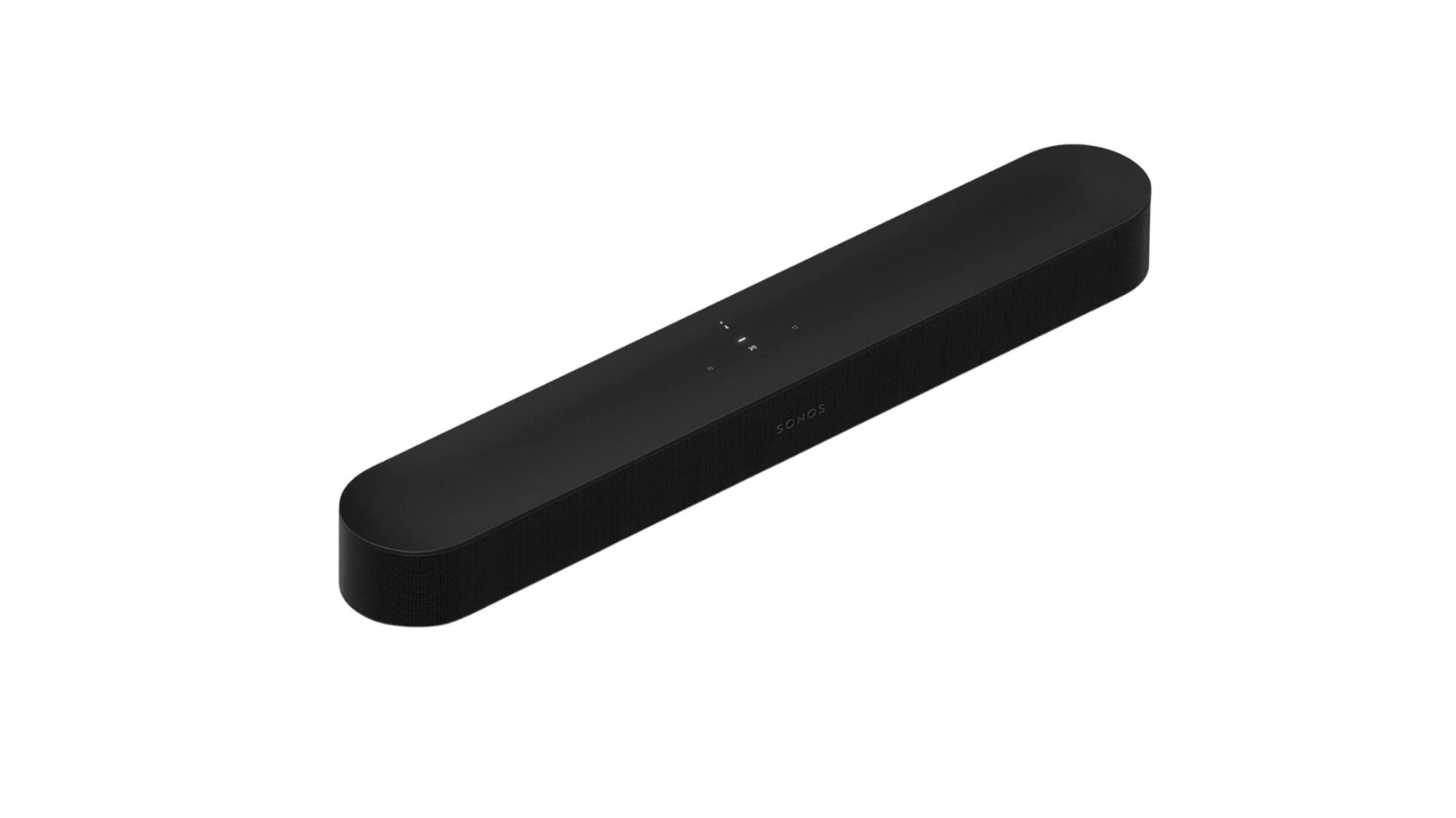

![Sonos Move[1]](https://www.soundguys.com/wp-content/uploads/2019/12/Sonos-Move1.jpg)
Sonos speakers are some of the best around if you’re into home audio. You can get a single speaker just for your room, or multiple speakers to arrange an entire 5.1 surround sound system in your living room. Even though the Sonos lineup isn’t all too vast, it’s still hard to parse apart one model from the next. In this article, we break down the differences between the best Sonos speakers in order to help you find the best one for your home.
Editor’s note: this list of the best Sonos speakers was updated on January 12, 2023 to replace the Sonos Beam with the Sonos Beam (Gen 2), include the Sonos Sub Mini as a notable mention, and change formatting.
Hold up! Something’s missing:
We typically display a frequency response chart of each product at the end of each photo gallery to show you exactly where the audio output shines and where its deficiencies lie. We’re still ironing out our standardized speaker tests with the appropriate support equipment to update our testing and data collection. It will take a bit to get everything fleshed out, but we will update this article (and many others!) once we’re able with improved sound quality measurements and performance plots. These will be made obvious by a new chart aesthetic.
Thank you for bearing with us, and we hope to see you again once we’ve sorted everything out.
Why is the Sonos One (Gen 2) the best Sonos speaker?
The Sonos One (Gen 2) is the best Sonos speaker for most people because it’s a good size and offers powerful smart features for an affordable price (relative to Sonos’ other offerings that is). Right out of the box, you get support for Amazon Alexa and Google Assistant along with Apple Music, Pandora, Spotify, and YouTube Music integration. Aside from the initial setup process, you don’t need your smartphone to enable these streaming services, and can use your voice to enable playback through them.
While you don’t get an official IP rating, the mainly metal speaker is humidity resistant. With a design like this, you can keep the Sonos One (Gen 2) in the bathroom and don’t have to worry about shower steam damaging its internals. You may need to dry your hands off before interacting with the touch panel, but again, you can bypass this all together with a simple, “Hey Google,” or “Hey Alexa.”
The Sonos One (Gen 2) has a very pleasant frequency response akin to the Google Nest Audio and Amazon Echo (4th Gen). Bass notes are loud enough, though there’s very little sub-bass present and this is common with all standalone speakers. To compensate a bit you get Sonos Trueplay here which measures the acoustics of the room and adjusts the speaker’s frequency response accordingly.
For around $200 USD, you’re getting a feature-packed speaker with the Sonos One (Gen 2).
.jpg?X-Amz-Content-Sha256=UNSIGNED-PAYLOAD&X-Amz-Algorithm=AWS4-HMAC-SHA256&X-Amz-Credential=XSKNWXBO6X4FQX75L363%2F20230627%2Fnyc3%2Fs3%2Faws4_request&X-Amz-Date=20230627T085834Z&X-Amz-SignedHeaders=host&X-Amz-Expires=3600&X-Amz-Signature=5244818353492442bec53eb12e4c4f0219e1ce32d6408da6d8c062fbbd3b003b)
The Sonos Playbase is the best TV stand soundbase
If you want to build a new entertainment system or add to a pre-existing one, the Playbase might be for you. This multifunctional soundbase is perfect for anyone with limited space: it works perfectly as a stand-alone solution to your TV audio or as a part of a large surround sound setup. Sure, there are several cheaper soundbars that will get the job done but only the Playbase pairs up with other Sonos products.
The Playbase differs from some of the other Sonos speakers because it’s more than just a speaker: it’s also a TV stand. Its max load capacity is 35kg, so you can upgrade your audio output without rearranging your entire living room. It can wirelessly connect to a subwoofer and a pair of surround speakers for a more immersive experience too.

The Sonos Beam (Gen 2) is a great all-in-one solution
The Sonos Beam (Gen 2) is a smart soundbar designed for your TV. Unlike the Playbase, you can’t place your TV on it. But the Sonos Beam (Gen 2) is compact enough that you should be able to fit it in front of your TV without issue. Alternatively, you can also mount this soundbar to the wall.
The Beam (Gen 2) fully supports Amazon Alexa and Google Assistant, so you can control music and ask it questions the same you would any smart device. It also has some great features tailored for different use cases like Dolby Atmos. You can enable Night Sound, which reduces the volume of loud sounds and increases the volume of quiet ones, so you don’t wake up everyone in the house. You can also turn on the TV by asking your smart assistant—though this requires a compatible TV with an HDMI Arc or eArc input.
The Sonos Beam (Gen 2) has a five speaker array to fill your home theatre with sound.
.jpg?X-Amz-Content-Sha256=UNSIGNED-PAYLOAD&X-Amz-Algorithm=AWS4-HMAC-SHA256&X-Amz-Credential=XSKNWXBO6X4FQX75L363%2F20230627%2Fnyc3%2Fs3%2Faws4_request&X-Amz-Date=20230627T085835Z&X-Amz-SignedHeaders=host&X-Amz-Expires=3600&X-Amz-Signature=00b849fa19dbc2da82a984cc0075dc077927a412356a160d112fe630d81b73e6)
The Sonos Arc is a powerful speaker with Dolby Atmos
If you want the most immersive home theater experience that money can buy (from Sonos), you need the Sonos Arc. The Arc shares features with the Sonos speaker lineup like smart assistant voice access, AirPlay 2 support, and more.
This large soundbar houses 11 drivers for loud, engaging audio reproduction and its low-profile design allows it to blend in with the rest of your furniture. Avid movie watchers will enjoy the Speech Enhancement feature which is a separate sound profile that’s specifically tuned to prioritize dialogue clarity during scenes when actors speak quietly or when loud action occurs in the background.
As with all other Sonos speakers, you can easily connect the Sonos Arc to other first-party peripherals like the Sonos Sub and Sonos One speakers. The Arc is made for TVs larger than 49 inches, while the Beam is for TVs smaller than 49 inches. They’re very similar soundbars, though the Beam lacks Dolby Atmos support.

Want a portable option? Get the Sonos Move
The Sonos Move does exactly as its name suggests: it allows you to move around with it. You can take this IP56-rated Bluetooth smart speaker anywhere, so long as you don’t mind a little lifting. When you use the Move speaker in your home, you can connect it to all of your other Sonos speakers over your Wi-Fi network.
Sonos claims that you’ll get 10 hours of constant playback, but our testing falls short of this; we recorded 6 hours, 24 minutes of playtime over Bluetooth. While this can’t compare to some of our favorite JBL Bluetooth speakers, it’s more than enough to host a backyard barbeque.
It has Amazon Alexa built-in if that’s something that you want. So you can skip between songs or change the volume with just your voice. You can also set up Google Assistant voice access, or mute the microphones completely. If you want to learn more about the Sonos Move, check out our video review here.

Don’t want Alexa or Google in your home? Get the Sonos One SL
![Sonos One SL[2] A product shot of the Sonos One SL shown at an angle from the top down against a white background.](https://www.soundguys.com/wp-content/uploads/2019/12/Sonos-One-SL2.jpg)
If you don’t want to spend too much money on your first Sonos product and don’t care about (or don’t want) voice assistant integration, then you should pick up the Sonos One SL. It’s just like the Sonos One—minus the microphones.
You can buy two of these speakers for the price of a Sonos Move, but you sacrifice portability and Bluetooth connectivity. The One SL requires an outlet and a Wi-Fi signal at all times. Still, it’s hard to beat for the price.

The best Sonos speakers: Notable mentions
- Sonos Roam: This is a portable speaker that operates over Bluetooth and Wi-Fi and offers an IP67 rating. You can link it up with your Sonos system or take it out on the town, but it might be a hassle to get set up for the first time. The Roam got five hours and 23 minutes in our standard battery test, which is decent but falls far short of its claim of 10 hours.
- Sonos Sub (Gen 3)($699.99 at Amazon): If you’re looking to boost the low end of your music, this wireless subwoofer will create rich bass without unwanted booming and rumbling.
- Sonos Sub Mini ($429 at Amazon): For those who still want some added bass response but want to save a bit of cash and space in their home, the Sonos Sub Mini is an excellent alternative to the Sonos Sub (Gen 3).
- Sonos Five: For those already in the Sonos ecosystem, the five makes for a decent addition if you want something big and loud. It has a 3.5mm jack along with Wi-Fi and Ethernet, but even the aux port has latency issues.
What you should know about Sonos speakers and accessories
While Sonos’ speaker lineup is sparse compared to Sonos competitors, there are plenty of reasons to buy them. We like Sonos speakers because they’re very easy to connect for multi-room playback and sport a host of smart features. Let’s learn a bit more about what you should know before buying.
What is the Sonos ecosystem?
![Sonos PLAYBASE[5] A man holds a phone with the Sonos app in front of the Sonos Playbase.](https://www.soundguys.com/wp-content/uploads/2017/04/Sonos-PLAYBASE5-e1619115788341.jpg)
Sonos is synonymous with home audio because it has refined its ecosystem over the years. Similar to Apple, all of Sonos’ products work together seamlessly and you get complete control over everything via the free app. Whether you want to play different songs on different speakers, play a podcast throughout the house, or just watch a movie, Sonos has you covered.
Sonos is fastidious about updating its products, keeping them updated for years. You can rest easy knowing that if you buy some Sonos speakers today, they’ll work with your future Sonos products down the line.
What is the Sonos mesh network?
![Sonos One[4]-1 copy Image of a man holding an iPhone in front of a Sonos One (Gen 1) Google Assistant speaker (Alexa-supported) in white on a wood background.](https://www.soundguys.com/wp-content/uploads/2017/11/Sonos-One4-1-copy.jpg)
The best part about Sonos is also one of the more frustrating parts: you can control all of your Sonos speakers through the Sonos app. During the setup process, Sonos products create their own mesh network exclusively for Sonos and this piggybacks off your wireless router. This is how you can seamlessly stream music to multiple devices at once.
When you play music through the mobile app, it directs your speakers where to play from; this differs from a direct Bluetooth connection. The Sonos app then pulls content from the internet all on its own (after you connect your relevant music streaming service accounts to it). As long as you’re connected to the same Wi-Fi network as your Sonos system, you can control your speakers.
Voice assistants, streaming services, and Sonos
![Sonos One[5]-1 copy The Sonos One on a table.](https://www.soundguys.com/wp-content/uploads/2017/11/Sonos-One5-1-copy.jpg)
Sonos is banking on the success of smart home technology. Unlike the Apple Homepod mini, which only has Siri, Sonos is compatible with every voice assistant and every streaming service.
Do Sonos products support Dolby Atmos?
This one is for the home theater nerds out there, because unfortunately, most Sonos speakers do not support Dolby Atmos, save for the Sonos Arc and Beam. Most Sonos products do, however, support Dolby Digital 5.1 which you can take advantage of if you have a classic 5.1 surround sound system.
Unlike the classic 5.1 system, Dolby Atmos is an object-based audio format, meaning that sounds can be packaged into “bubbles” of 3D audio that provide a sense of height and even more directionality to your movies or games.
Speakers that support Dolby Atmos, like the Sennheiser Ambeo, can bounce sound off of the ceiling to create a more immersive sound experience. And while it’s hard to explain without breaking out my “marketer language-to-English” dictionary, trust us when we say that the effect is actually really cool and it’s kind of a bummer that only the Arc and Beam support it.
The Dolby Digital 5.1 sound system, on the other hand, uses regular surround sound and projects different sounds through different channels (speakers).
(Click the image to expand.)
Why you should trust SoundGuys
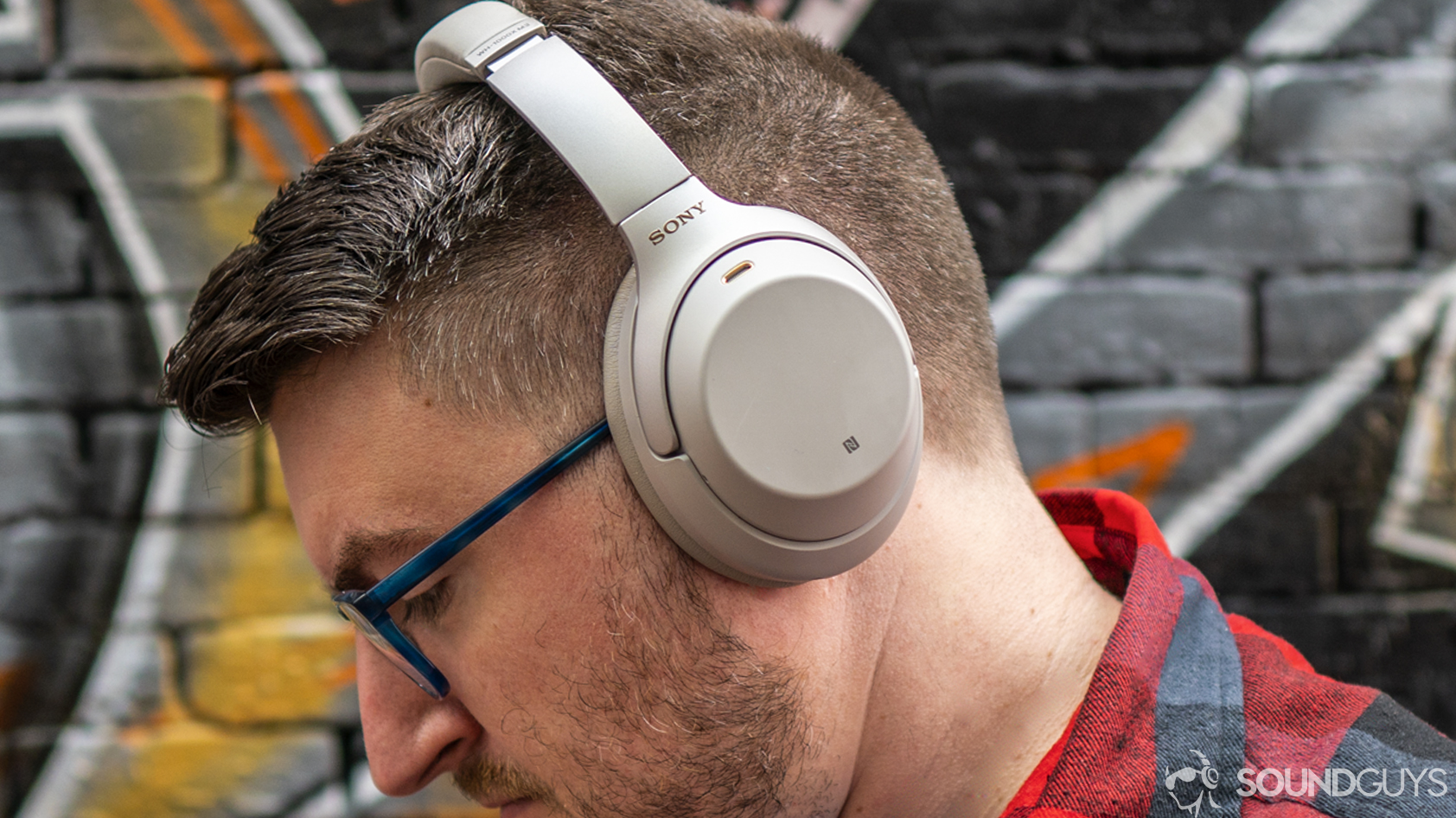
The team at SoundGuys has spent years reviewing, testing, and generally enjoying any and all audio products that we can get our hands on. We adhere to a strict ethics policy and we never use sponsored content on the website at a time when doing so is the norm. SoundGuys’ survival depends almost entirely on readers enjoying their purchases. We pride ourselves on transparently outlining objective facts, while accounting for the subjective experience to contextualize an audio product’s performance. When we do misspeak, we correct and own up to it.
Frequently asked questions about Sonos speakers
What if you already have a home speaker and are just discovering Sonos? Rather than having to throw your gear away and start from scratch, you can just get the Sonos Port or the Sonos Amp, but what’s the difference between these two products?
The Sonos Port isn’t a speaker, it’s more like an adapter that allows you to connect your existing speakers to the Sonos network and stream music over Wi-Fi. It’s designed to work with powered peripherals like an amplifier (Sonos Amp) or a receiver. If you have an older wired system with a non-Sonos amp, you can connect the amp to the Port and stream over Wi-Fi, directly through your favorite music streaming services like Spotify, Qobuz, and Amazon Music HD.
The Sonos Amp is its own amplifier and can power passive speakers, which is great for anyone with really high-end gear. If you plan to install in-ceiling or in-wall speakers, you’re going to need an amplifier, and that’s where the Sonos Amp really shines. This is great for multi-room playback across your non-Sonos audio system.
Follow this link to see the full list of audio streaming services that Sonos speakers support over Wi-Fi.
To set up a surround sound system with Sonos, you’ll want a soundbar, so either the Arc or Beam, a subwoofer, and rear surround speakers. Sonos offers quite a few surround sound sets that you can buy for easy compatibility, and you can connect multiple speakers together through the Sonos app.
Yes, you can create Alexa groups with both Sonos speakers and Echo speakers. This is often done by the rooms in your house. For example, if you have an Amazon Echo and a Sonos One speaker in the kitchen, these two speakers will function as the kitchen group. When you issue a command to the group, it will be executed by both speakers.
Sonos’s website shows deals, including some that may only occur on a one-day-only basis, so if you’re in the market for a Sonos speaker, it would be worth checking the website every so often.
In a world of Sonos alternatives, Bose is definitely a close competitor. Both companies have smart home lineups, soundbars, and home theater speakers, but Sonos’ speaker options pretty much end there. Bose, on the other hand, also has a collection portable Bluetooth speakers. As for the value of each brand’s smart home speakers, soundbars, and home theater speakers, it depends a bit on which specific product you’re looking at. Overall, both Bose and Sony opt for a consumer-friendly sound signature that is pleasing to most average listeners. Whether or not you’re a tech whiz, Sonos speakers are typically easier to set up and the experience with the Bose app is usually more frustrating.
Not necessarily! It all depends on what you’re looking for, but if you’re looking for multi-room audio, Sonos is probably your best bet. However, if you’re looking for the best cheap standalone Alexa device, you might want to go with something like the Amazon Echo Dot (5th Gen) $27.99 at Amazon.
Sonos Trueplay is a technology included in all Sonos speakers except for the Sonos Port and Sonos Connect, and is partially supported in the Sonos Amp and Sonos Amp:Connect. It tunes itself to whatever room your speakers are configured in so that it can utilize the furniture and walls of the room in creating a soundscape.
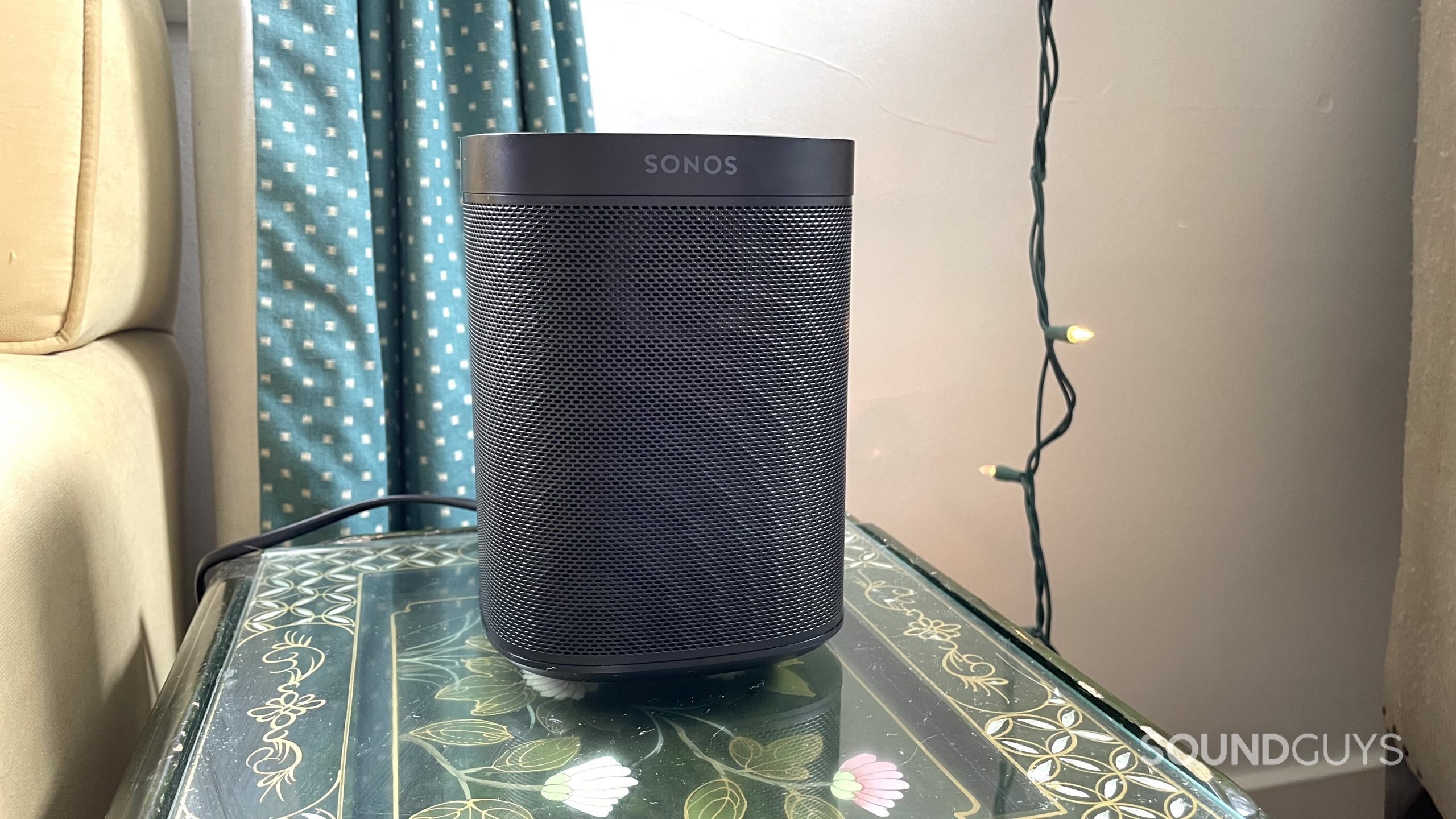
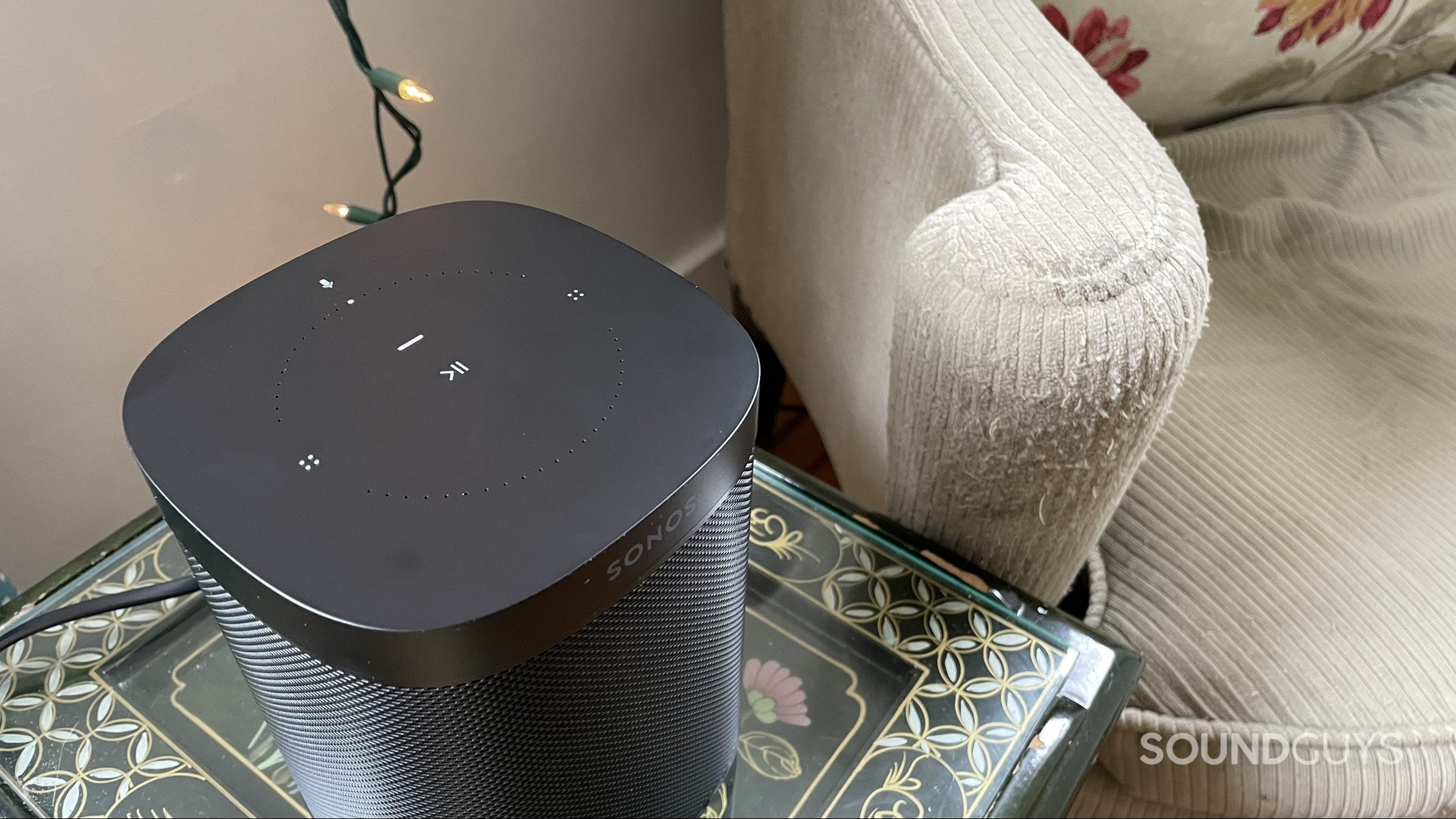
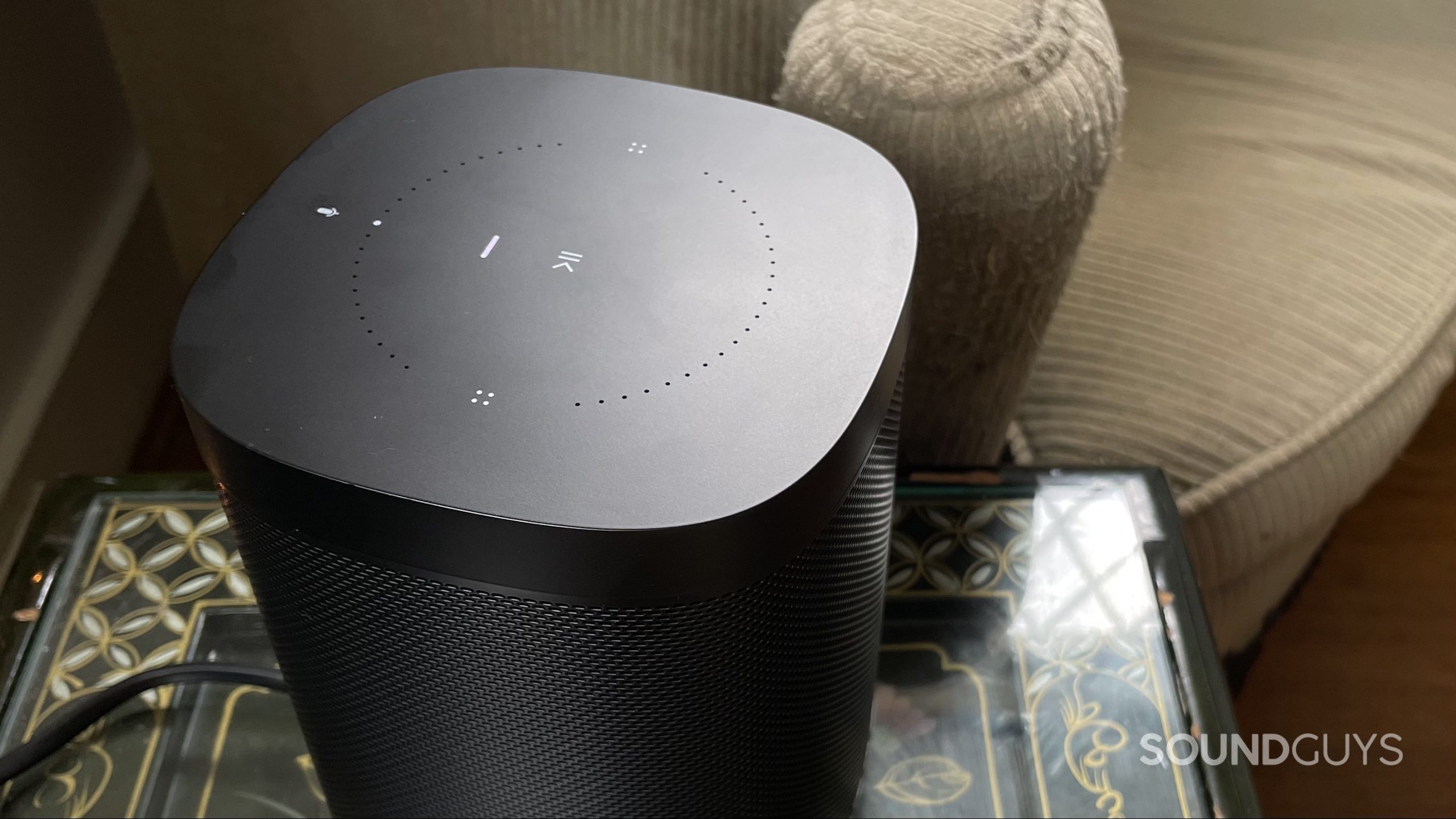
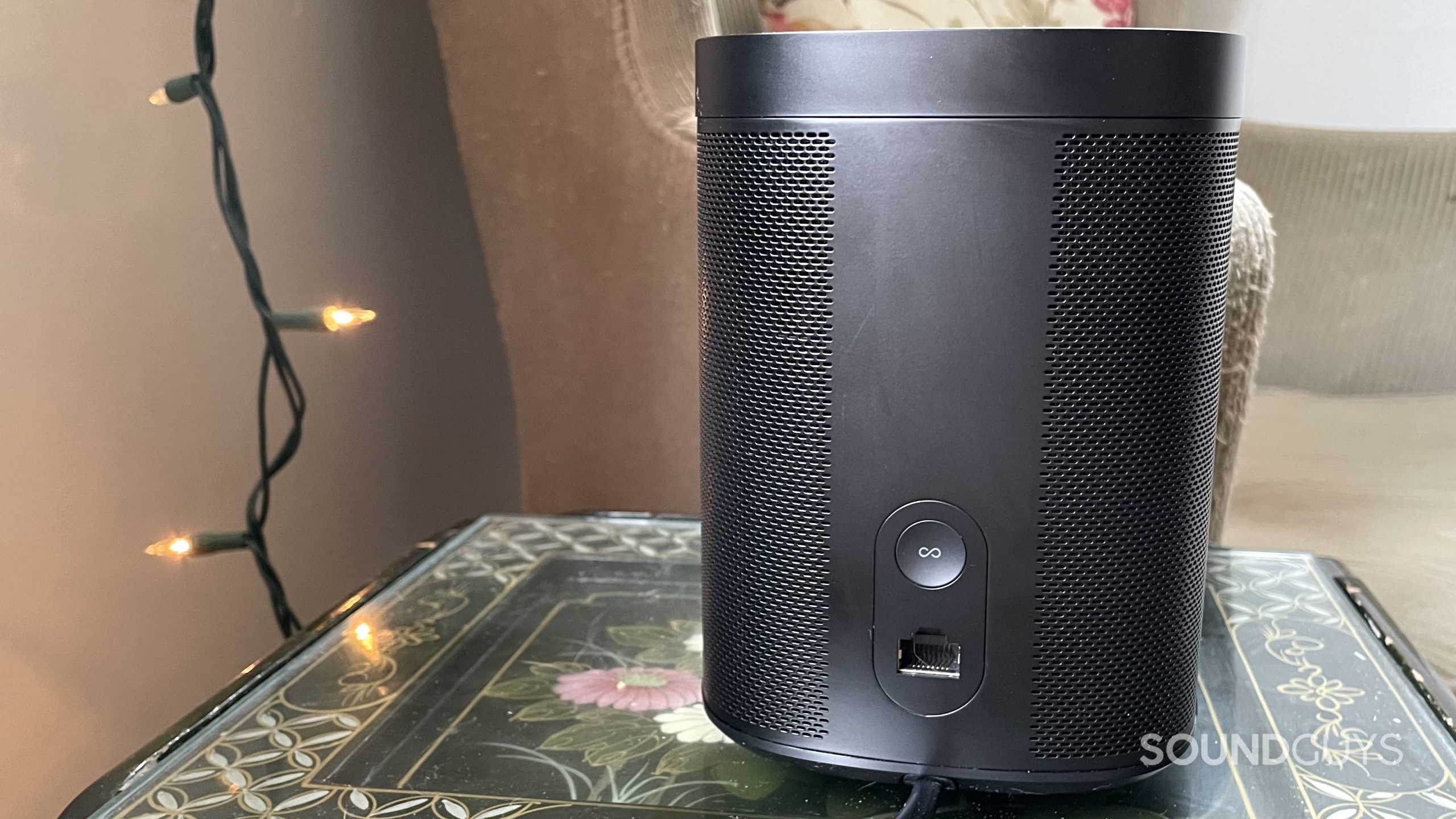
![Sonos PLAYBASE[2]](https://www.soundguys.com/wp-content/uploads/2017/04/Sonos-PLAYBASE2.jpg)
![Sonos PLAYBASE[6]](https://www.soundguys.com/wp-content/uploads/2017/04/Sonos-PLAYBASE6.jpg)
![Sonos PLAYBASE[4] Close-up of the back of the Sonos Playbase.](https://www.soundguys.com/wp-content/uploads/2017/04/Sonos-PLAYBASE4.jpg)
![Sonos PLAYBASE[3]](https://www.soundguys.com/wp-content/uploads/2017/04/Sonos-PLAYBASE3.jpg)
![Sonos PLAYBASE[1]](https://www.soundguys.com/wp-content/uploads/2017/04/Sonos-PLAYBASE1.jpg)
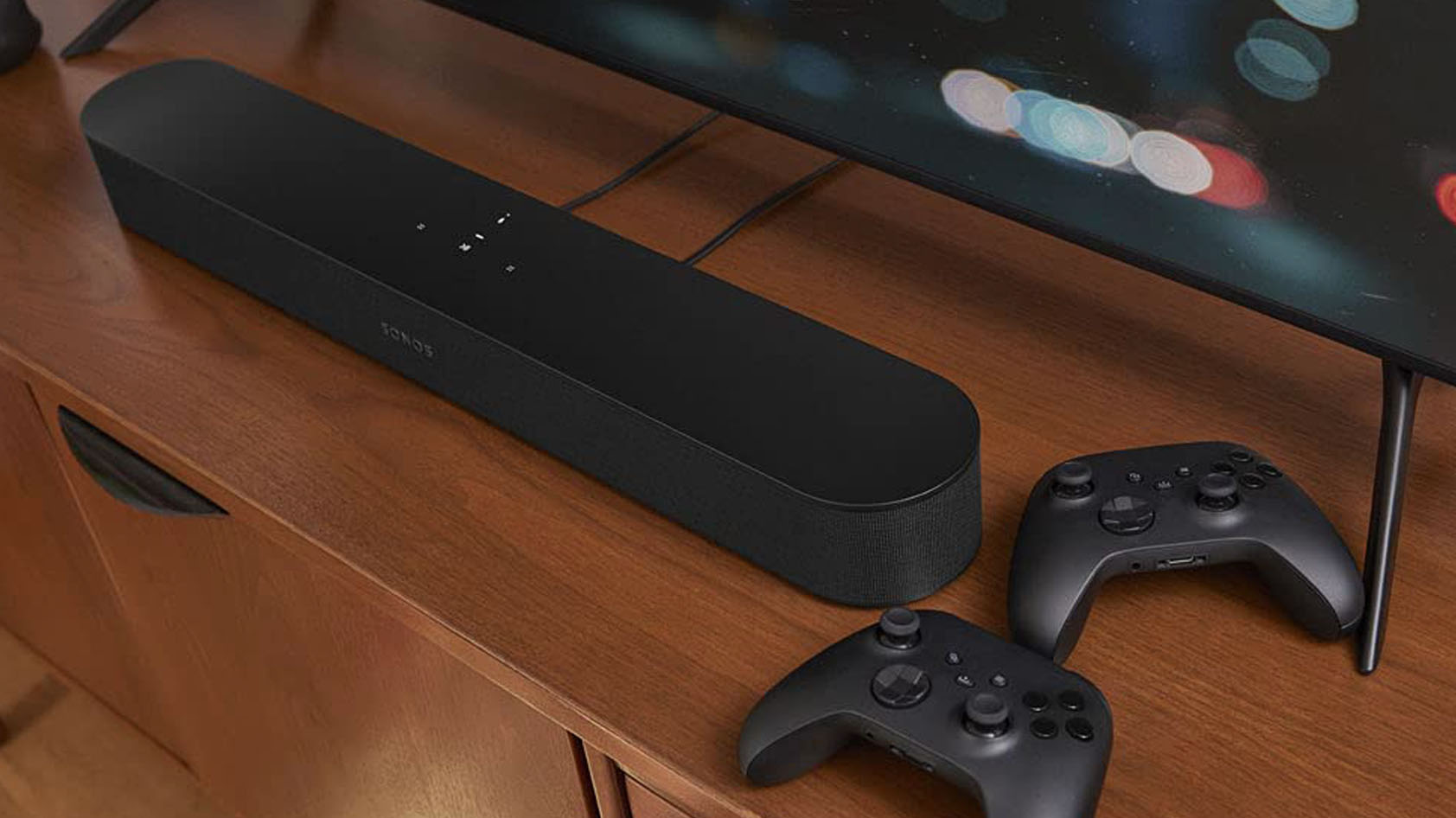
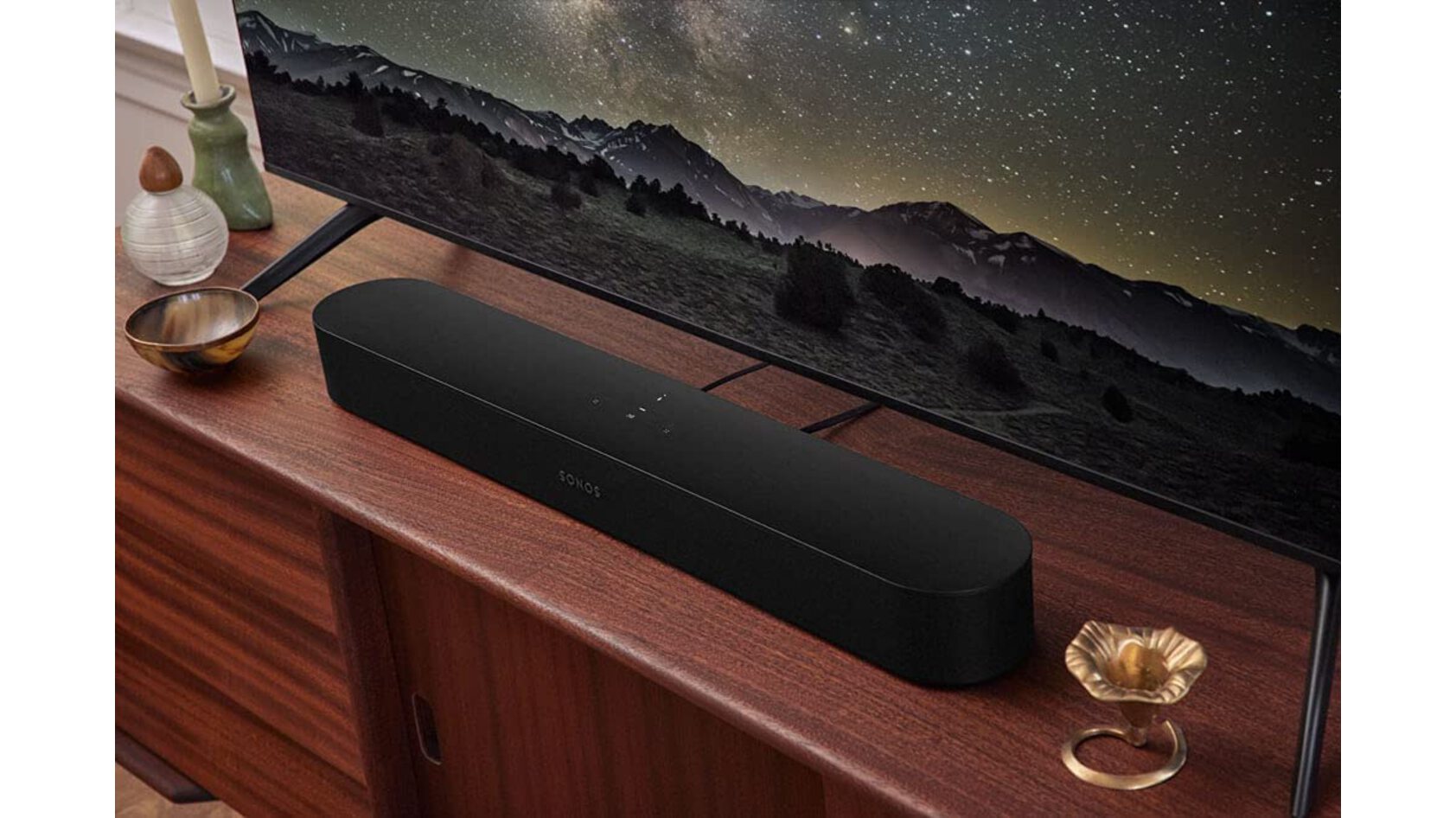
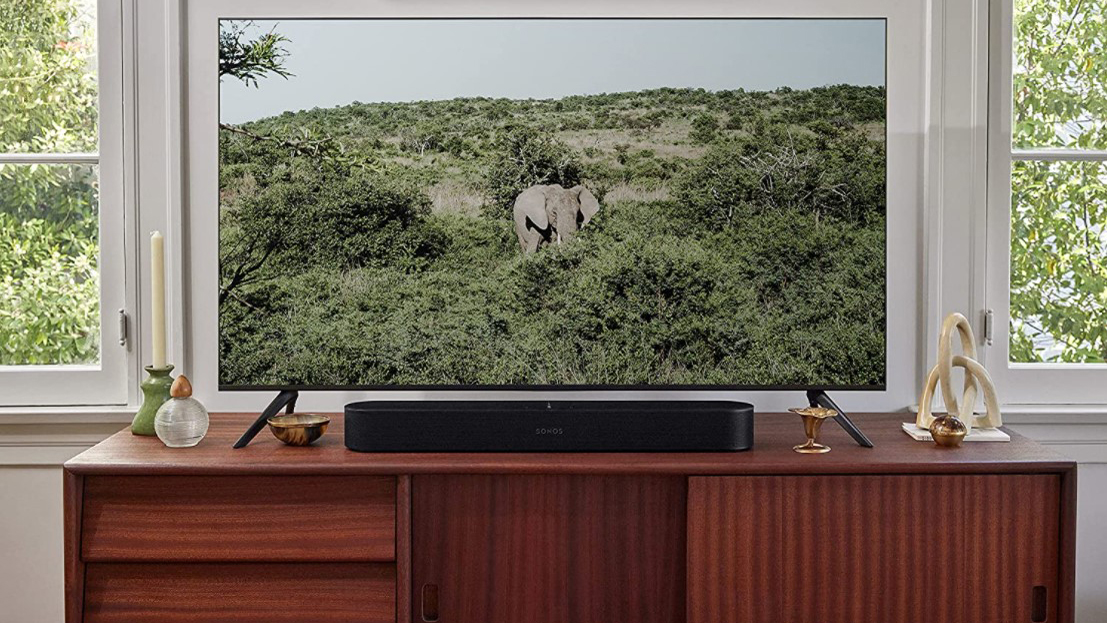
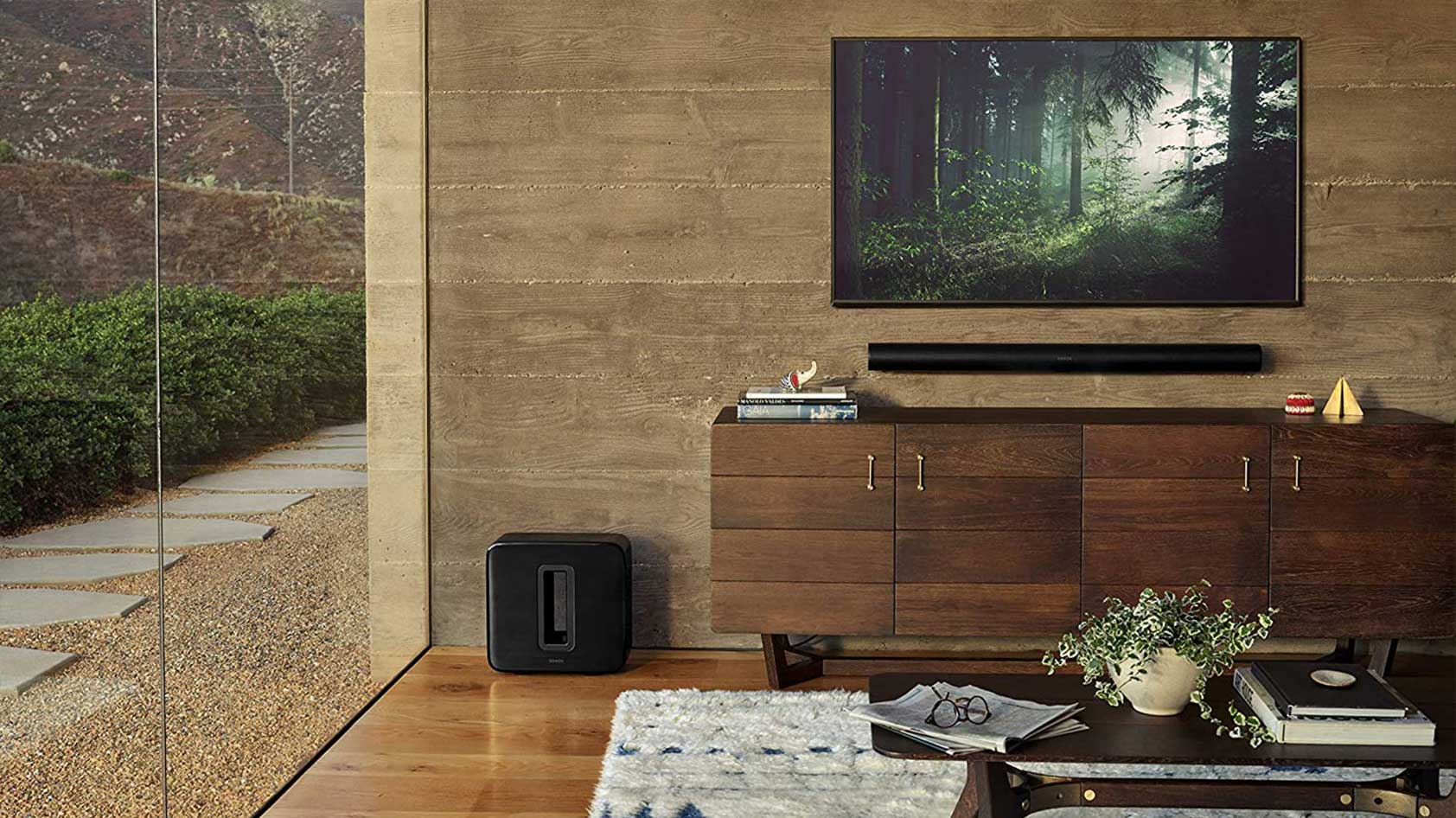
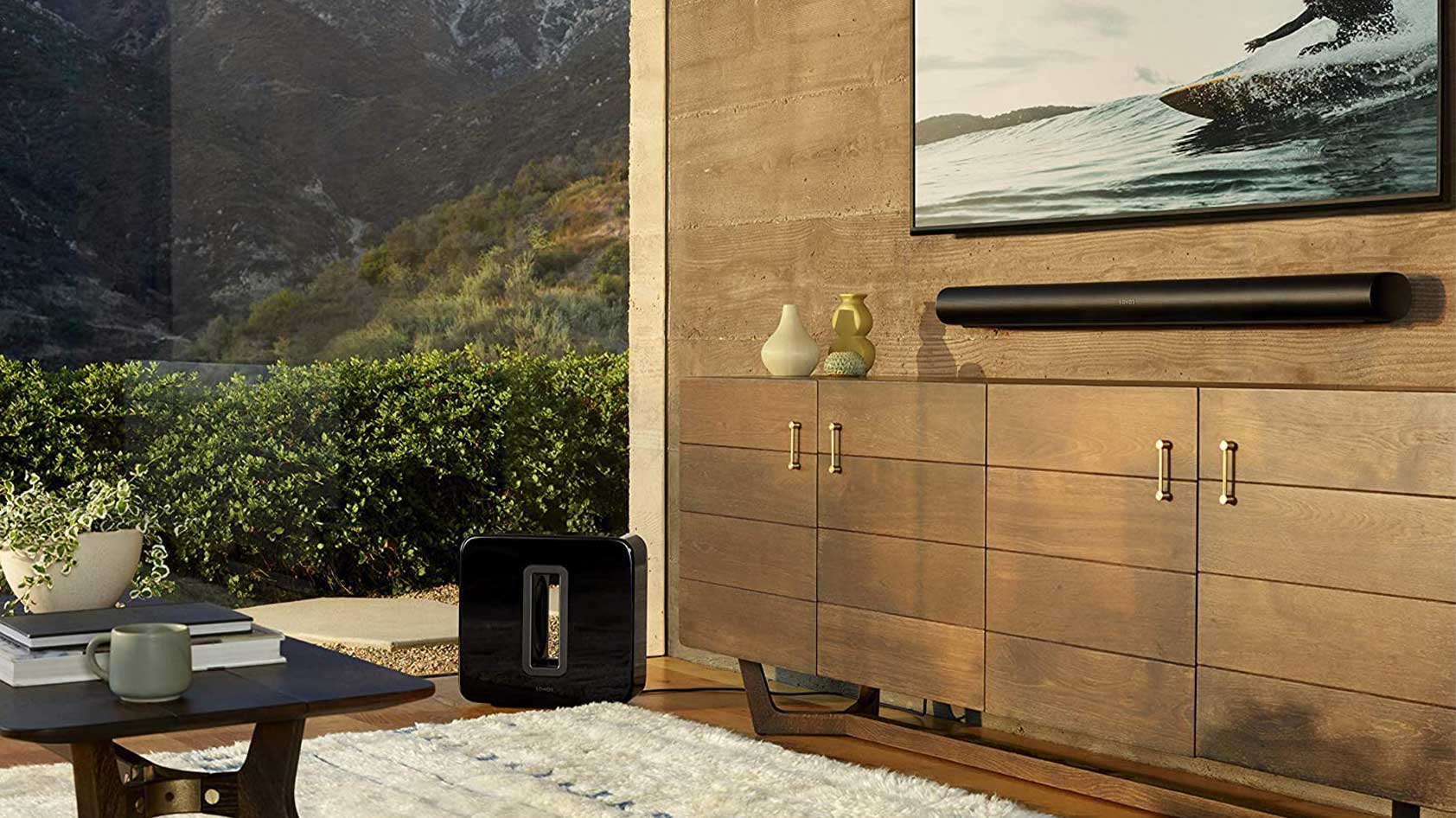
![Sonos Move[2]](https://www.soundguys.com/wp-content/uploads/2019/12/Sonos-Move2.jpg)
![Sonos Move[3]](https://www.soundguys.com/wp-content/uploads/2019/12/Sonos-Move3.jpg)